Annoying insects are outside spreading diseases and raiding vegetable gardens. Bats are great hunters of insects and serve as a fantastic organic pest-control method. Another perk; bat droppings, or guano, act as a nutrient-dense fertilizer, making your garden thrive like never before. How to attract bats will be key in preserving your yard.
1. Add a water source
Water features like ponds are enjoyed by bats because insects may congregate there. An ideal bat habitat is within a quarter-mile, or 0.4 kilometers, of a natural body of water.
Bats can lose 50% of their body weight in water in a single day, according to bat Conservation International’s Water for Wildlife program; even desert species periodically need H2O.

If you don’t have a natural water source nearby, Penn State Extension recommends installing a birdbath or fountain to attract more bats to your backyard. Bats are similar in behavior to that of birds when it comes to their desire to grip on grooved surfaces.
With this in mind, choose a bird bath that has perching space on the edges. Also, make sure that your water source is something bats can climb out of, even though they normally don’t land to drink, instead of skimming the surface for quick, mid-flight gulps.
2. Install a bat house (a must)
A bat house is a great way to provide a habitat for bats, and it is the first thing you need. Use rough, nontoxic wood such as plywood or cedar to make your box.
The rough surface will make it easier for bats to climb in and out of the house. If you consider buying a bat box instead of making one, always be sure to buy one that is BCI-certified.
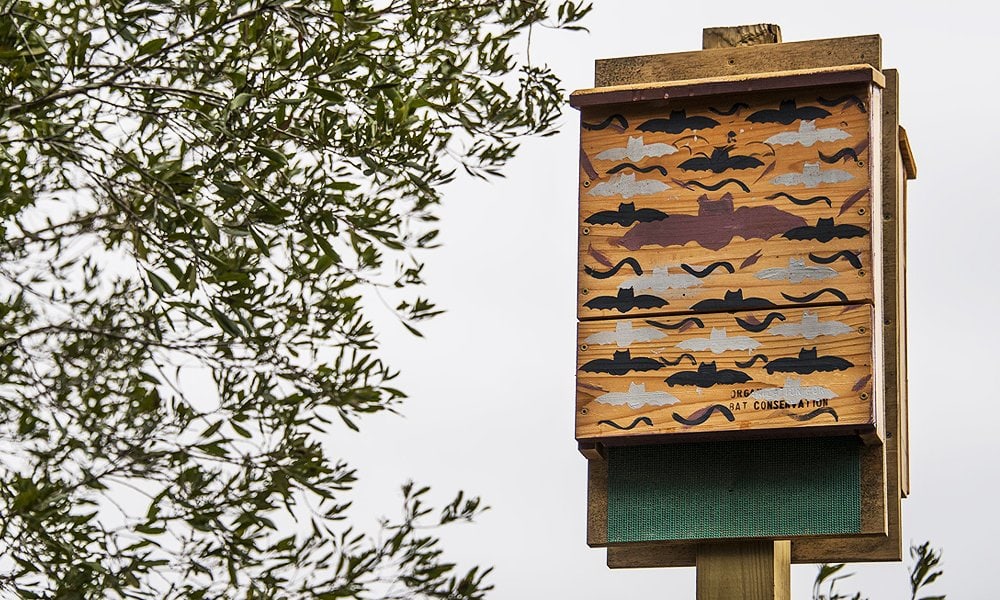
According to Bat Conservation International, a bat box must have three chambers, interlocking boards, grooved interior surfaces, passage holes, side vents to further assist in cooling the house, and mounting brackets.
Bat houses work best if they’re at least 2 feet tall, 1 foot wide, and 3 inches deep. Hang them 10 to 15 feet above the ground and place them in a sunny spot where they can absorb lots of heat during the day. It also helps to paint the bat box black.
3. Keep the dead trees
Much like birds, bats prefer a source of shelter and they will often dwell in old trees and large shrubs. In hollowed trees, loose tree bark, abandoned buildings, under a building’s eves, and in bat houses will bats find their nesting spaces.
Dead trees are amazing roosting locations for bats because the narrow, rough space between the bark and the wood provides enough space for bats to squeeze in nice and tight.

As long as the tree isn’t a threat to people or property, it will provide a resting place for bats and even some of the bugs that they eat. Planting trees and leaving dead and dying trees standing are great ways to encourage bats to stay in your yard.
During hibernation, bats are very vulnerable to disturbance. They normally awake on their own three to four times during the winter, but if they are disturbed more times than that, many bats will use up their stored fat reserves and starve.
4. Plant night-blooming flowers
Having a garden filled with flowers, as well as herbs and plants, that bloom at night will naturally attract bats because their favorite food source, insects, will be around. Your garden can become an enticing magnet for bats at night as they will swoop in and consume the insects that try to chew into your plants.
Some great night-bloomers include datura, moonflower, four-o’clock, yucca, evening primrose, night-blooming water lily, night-blooming jessamine, cleome, and nicotiana.

Fragrant flowers, herbs, and night-blooming plants attract nocturnal insects, which will lure bats. The more insects you have in your garden, the better. Bat gardens are another good provider of insects and roosting sites for bats.
Flowers that release scent at night, such as sweet rocket and soapwort, attract both insects and bats alike. Plants with blooms that are pale in colors, such as dahlia, thyme, raspberry, or honeysuckle, also attract insects that bring in the bats.
5. Keep the bat house temperature right
According to BCI, roost temperature “is probably the single most important factor for a successful bat house.”
Interior temperatures should be warm and as stable as possible, which ideally would be 80° F to 100° F (27° C and 38° C) in the summer. Once the bat house is built and caulked, there are two main ways to control its heat – location and color.
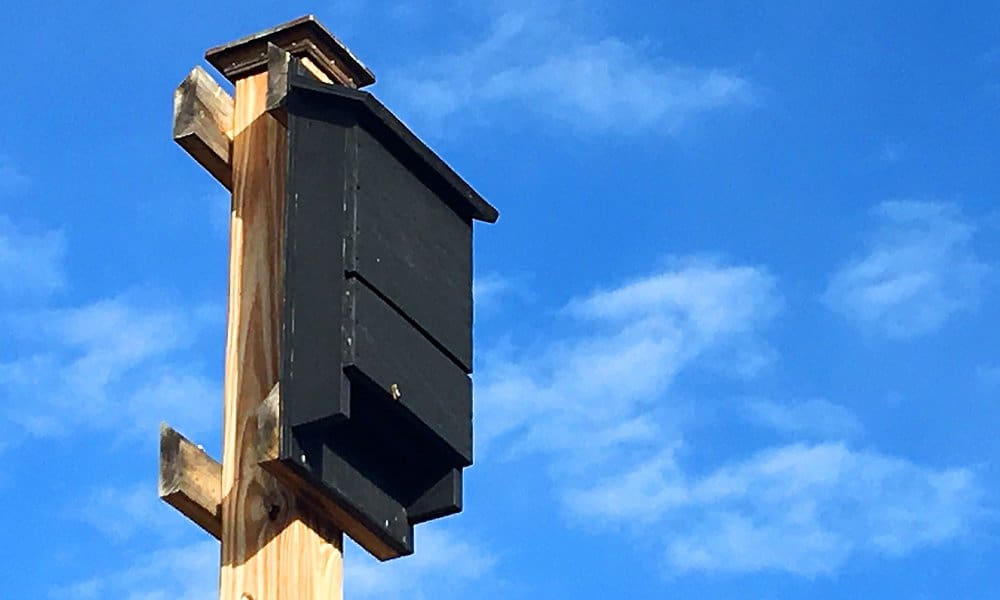
Put the house in a position where it will get at least six hours of sunlight per day, specifically facing south, east, or southeast in most climates, and paint the outside a dark color to absorb heat. You may have to experiment to get the right placement and temperature range.
You can always tape a thermometer to a pole to see if the temperatures are suitable inside the bat house. Check all the chambers high and low, front and back to see if the ideal temperatures hold.
6. The location of the bat house is the key
Wherever you place a bat box, pick your location with care so you won’t have to move it after it is occupied. Location matters so much to bats, and not just because of sunlight and warm temperature.
Though they naturally roost in trees, bats are more likely to occupy a bat house if it is mounted on a pole or building. This could be due to trees being more accessible for predators, or because branches can get in the way of bats as they enter and exit tree-mounted houses.
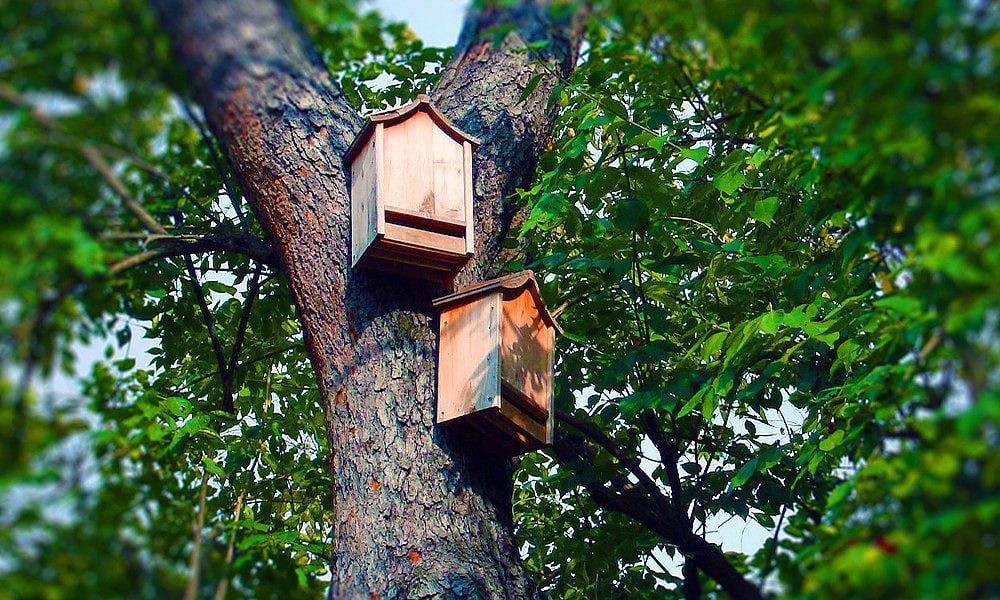
Place a bat box high enough to allow an unobstructed flight area, with the bottom of the box being 15 to 20 feet off the ground. The higher off the ground it is, the greater the chance of occupancy success.
Bats use sight to locate their new homes, and they will likely spot your bat box if it is high up and out in the open.
7. Your timing needs to be right
The best chance that you will have in attracting bats to your garden, trees, and bat box will be during the spring and early summer seasons. While placing the bat box out in the fall or winter will still offer opportunities for some bats, the warmer seasons work best for bats to appear.
According to BCI, 90% of occupied bat boxes were used within two years. It’s also important to note that in colder climates, such as the Northeast, bats only use bat houses during the summer to roost and raise their young.

In the winter, they move out and either migrate or search for somewhere warmer to hibernate. Don’t expect bats to move in straight away because they are pickier compared to birds.
Patience is key. Try to mount your bat box between March and June/early July. Bats only use bat boxes during the summer to roost and raise their young.
8. Don’t forget to monitor the bat activity
After setting up your bat box, it is important to know if they are already living in it or if you need to put the bat box in another location. Sometimes it is hard to tell when bats are in the bat box.
The best and usually first indication would be bat droppings on the ground. Small groups of bats may inhabit the house off and on as the season progresses.
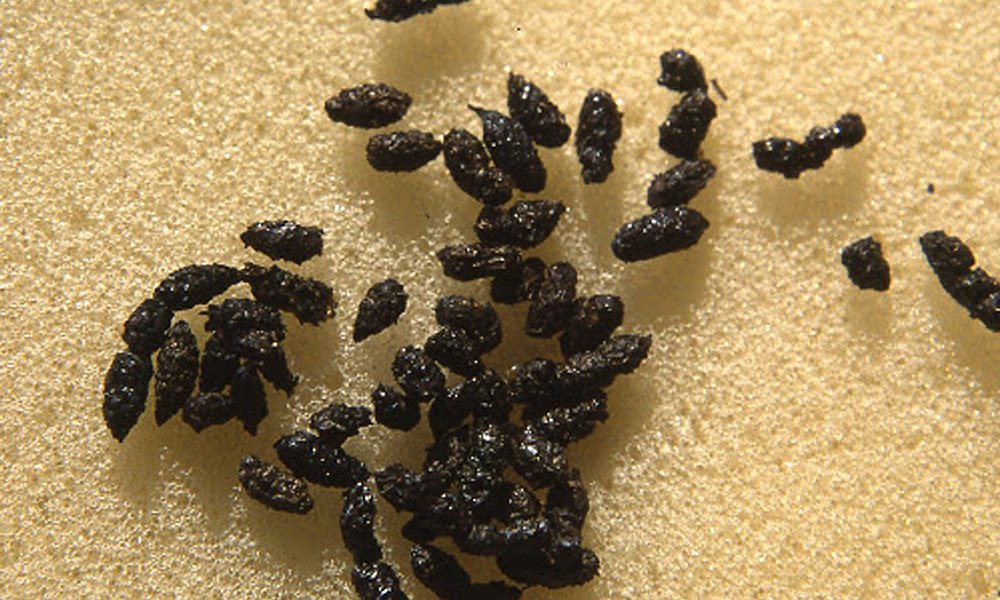
Bat droppings, also known as guano, may not be produced as much by small groups of bats. In the morning and evening, check the ground closely for small black dots.
It is safe during the day to shine a bright flashlight up into the bat box for around 30 seconds to look for bats. However, don’t make this a common practice, especially for a young start-up colony, if the bats feel threatened or disturbed, they could abandon the house.
9. Keep your bat house populated
Bats have a strong tendency towards nest fidelity, which means they will often return to the same nest year after year. However, it is important to keep your bat box in good shape if you want bats to stick around.
The size of your bat box matters a lot. A smaller bat box can attract bats, but once the colony has grown, they may abandon it for a larger space. Pick a bat box design that can hold at least 80 to 100 bats to start.
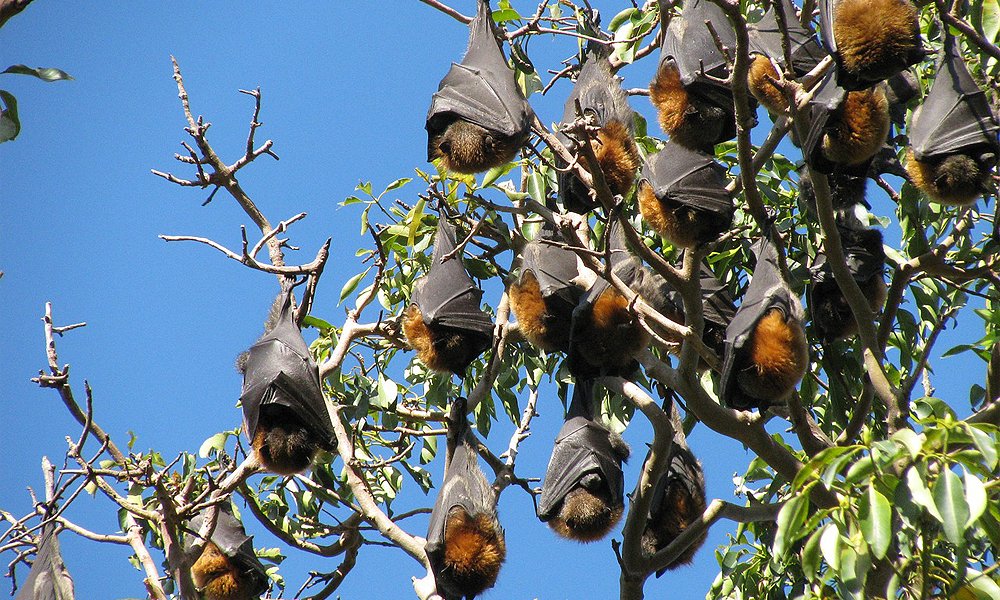
Always perform maintenance when bats aren’t in the box. Check for cracks, drafts, or potential leaks. Inspect your bat box regularly from spring to fall to make sure bees or wasps haven’t taken over the box.
Bee and wasp nests should be cleaned out each winter. Bat houses should be monitored at least once a month to detect potential problems such as predators, overheating, and wood deterioration.
10. Use lights as a decoy
While this isn’t necessary, having a lot of lights that are on at night can help attract insects to your yard, and this will lead to bats being attracted.
Lights are known to be bug magnets, so this will be an easy way to convince bats to stay in your yard, though you may live in an area that has plenty of lights that are kept illuminated at night. Keeping a simple lamp on just outside of the garage is all you will need.

You don’t need to have a specific kind of light, as long as it is appropriate for the outdoors. One recommended type of light would be a mercury vapor light as that will attract insects.
If you are an entomologist and you love studying insects, use black or ultraviolet lights, which have shorter wavelengths than light visible to the human eye. These lights attract night-flying insects like moths and beetles.
11. Avoid all chemicals
Pesticides, herbicides, and other toxic chemicals have proven to be a detriment to wild animals. Bats can consume large amounts of insects, but if those insects are covered with toxic substances, the bats can become ill or die after ingesting them.
According to a study by the University of York (1), metal levels in 190 dead common pipistrelle bats were examined. 21% of these bats contained residues of at least one metal at concentrations high enough to elicit toxic effects, such as kidney damage.
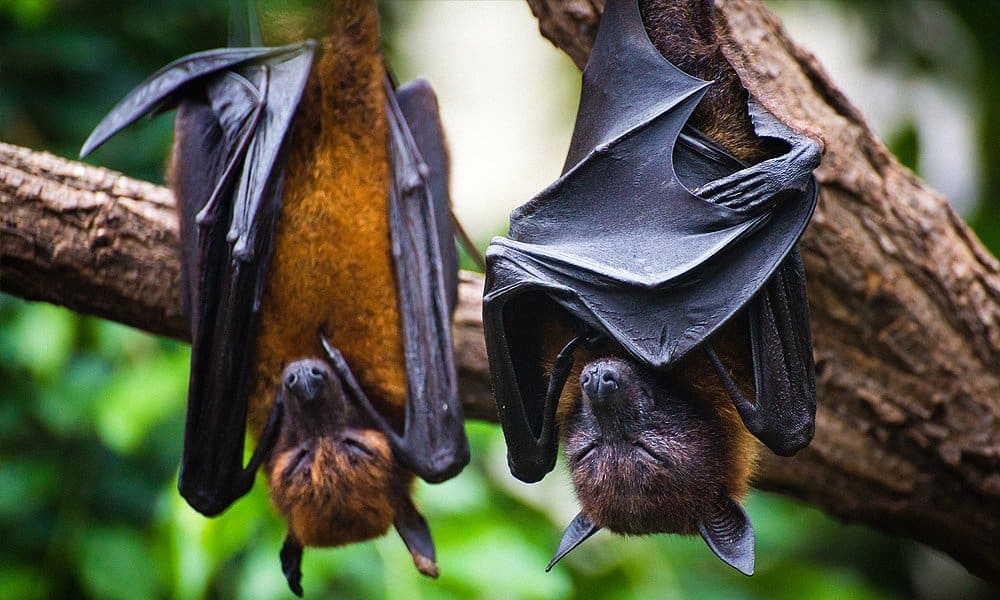
Create a natural compost using rotten fruits and vegetables along with shredded paper, leaves, grass, and bat droppings if you already have bats. Compost the rotten fruits and vegetables first and then use them as fertilizer.
Directly using them as fertilizer would harm your garden because of the bacteria and microbes they contain. Preferably use a plastic or metal barrel, a capacity as heavy as 55 gallons, depending on the size of your garden.
Related:

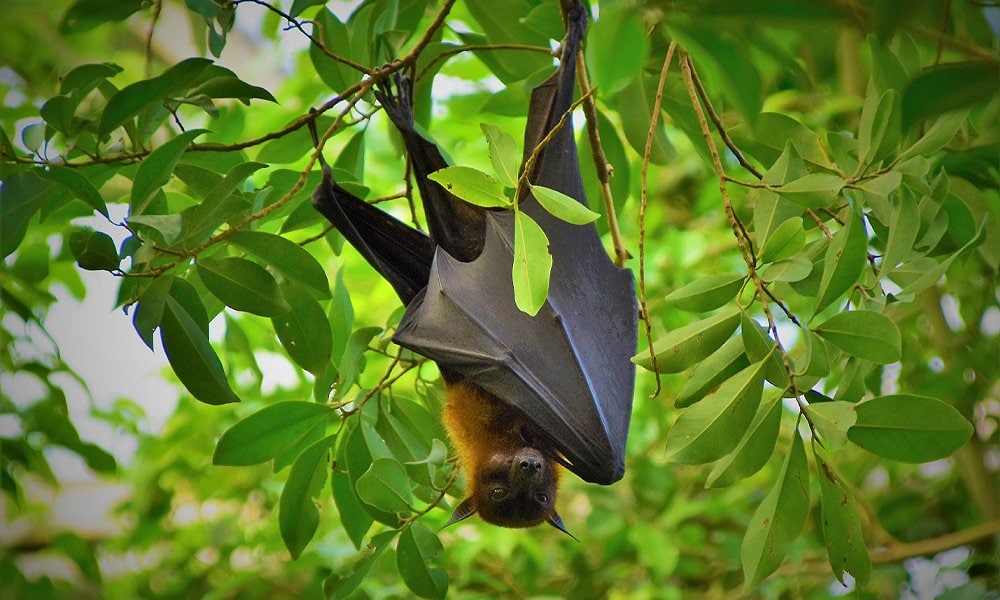
Garth,
I live in southeast Louisiana along the Louisiana / Mississippi line in north central Washington Parish. My property is mostly fields surrounded by tree’s. Since living here, approximately 10+ years I have yet to see a bat flying around at dusk or during night time hours around my mercury vapor night light. Is it possible that I’m in an area that’s just void of bat’s? If so, how would I go about attracting or introducing them into my area, which includes utilizing your 11 tips? I’d appreciate any advice you can give me concerning my zero bat situation. Thank you for your time and consideration and I’m looking forward to hearing back from you soon.
Darryl Galloway
Thank you very much for sharing this highly informative information.
I live in S.W. Florida and would love to make sure I have plenty of bats and to treat them kindly giving them all they need to stay healthy. I’m an Audubon member so anything that flies, I love. Thank you very much.
Hello Garth,
I appreciate your information provided. I am interested in putting bat boxes around my property. We have a couple of acres that is mostly trees and brooks. Seems like an ideal place for bats. I have some questions if you don’t mind answering.
How do you keep the boxes 80 degrees in winter? Feeding habits- would I need to put fruit i into the boxes for them or would leaving fruit on the ground near by be sufficient?
Thank you,
North American bats are insect-eaters (unlike the photos in this article!). No fruit necessary, they will find their own food.
While rebuilding my balcony, I pulled up a plank and saw bats sleeping in the space under it. I never knew they were there. Of course they eventually woke up and flew off. With their space gone I put up a bat house in the same spot. Will those bats return the next night or will they seek and find a new home? And how well are they at flying during the day to find a place to sleep?
Thanks for the great info!